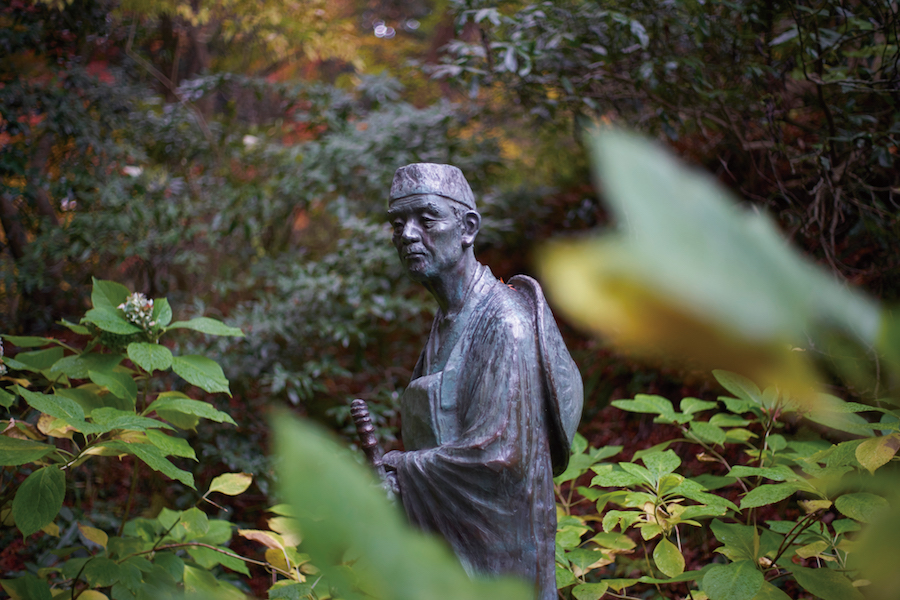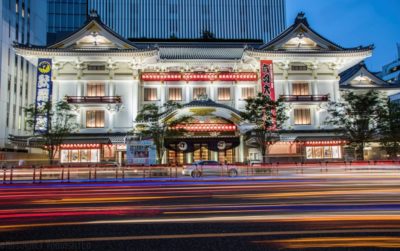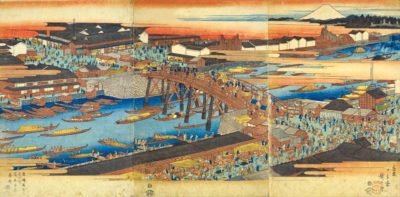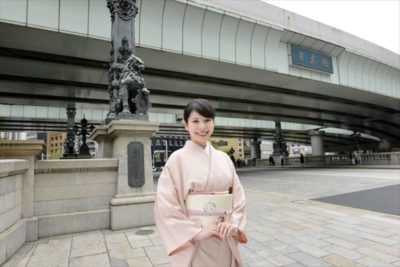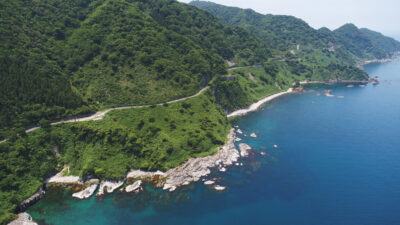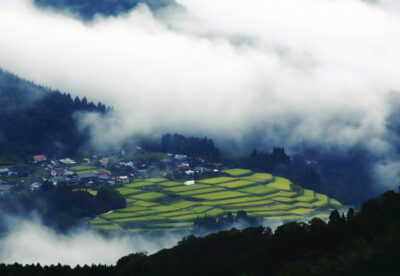Oku no Hosomichi
Spanning 2,400 kilometres, the trail mentioned in Oku-no-hosomichi consists of roads that lead to Nikko ( 日光 ), Oshu ( 奧州 ), Dewa ( 出羽 ) and Hokuriku ( 北 陸 ). Two of the more interesting paths are Oshu and Dewa, as they are full of breathtaking sights, passing through the three Tohoku prefectures of Miyagi, Iwate and Yamagata. Some of the must-sees on this trail include: Matsushima, one of the top three most scenic spots in Japan, UNESCO World Heritage Site Hiraizumi, the Yamadera temple with a history of over 1,100 years, the Mogamigawa River that flows through the northern border of Yamagata -ken, and Kisakata, the northern tip of the Oku-no-hosomichi trail.
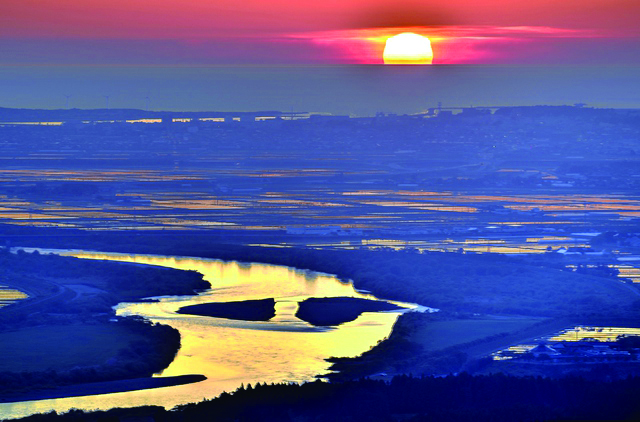
Thanks to technological advancements today, we do not have to wander through the mountains and rivers like Matsuo Basho to reach these sites. With efficient use of public transport, we can easily access the aforementioned historic places of interest and natural wonders.
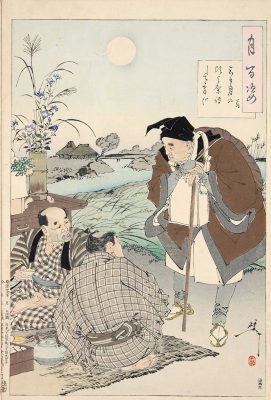
One Hundred Aspects of the Moon – Poet Basho and Moon Festival
According to historical records, Matsuo Basho embarked on his journey on 27th of March (based on the ancient Japanese calendar), leaving Edo for Japan’s Deep North. Travelling mainly on foot, he arrived in the Tohoku region roughly two months later, around early to mid-May, where spring had just greeted the region. This time however, we set off at the beginning of November to trace his steps to explore the autumn colours of Oku-no-hosomichi.
WHAT IS HAIKU?
Haiku is a micro poem, a very short Japanese poetic form consisting of only 17 syllables. Traditionally written as one vertical line, now the syllables are usually distributed in a 5-7-5 pattern across three lines and the cutting word (kireji) is imbued with meaning. The goal of these cuts is to create juxtaposing images. A haiku has to contain a kigo (seasonal keyword) which further colours the poem and anchors it in time. Matsuo Basho is one of the most famous haiku masters in Japan. He lived and wrote in the 17th century and elevated the status of haiku to sublime poetry.
 0
0

